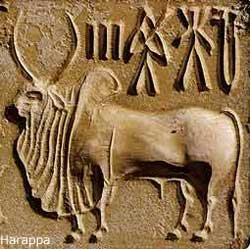Ancient Social Life of Harappan vs Rome
American Public University - Prof. Irina G., April 2017
by Robyn Eggs

McKay, John P., et al.. A History of World Societies, Volume 1, 10th Edition. (Bedford/St. Martin's, 2015), 22-36.
Gold, Ann G., et al., “Hinduism,” Encyclopædia Britannic. (2016) : 4, Accessed April 23, 2017. https://www.britannica.com/topic/Hinduism.
Mark Cartwright. “The Role of Women in the Roman World,” Ancient History Encyclopedia. (2014), accessed April 23, 2017. http://www.ancient.eu /article/659/.
Follow @robyneggs for more eggsciting content!


